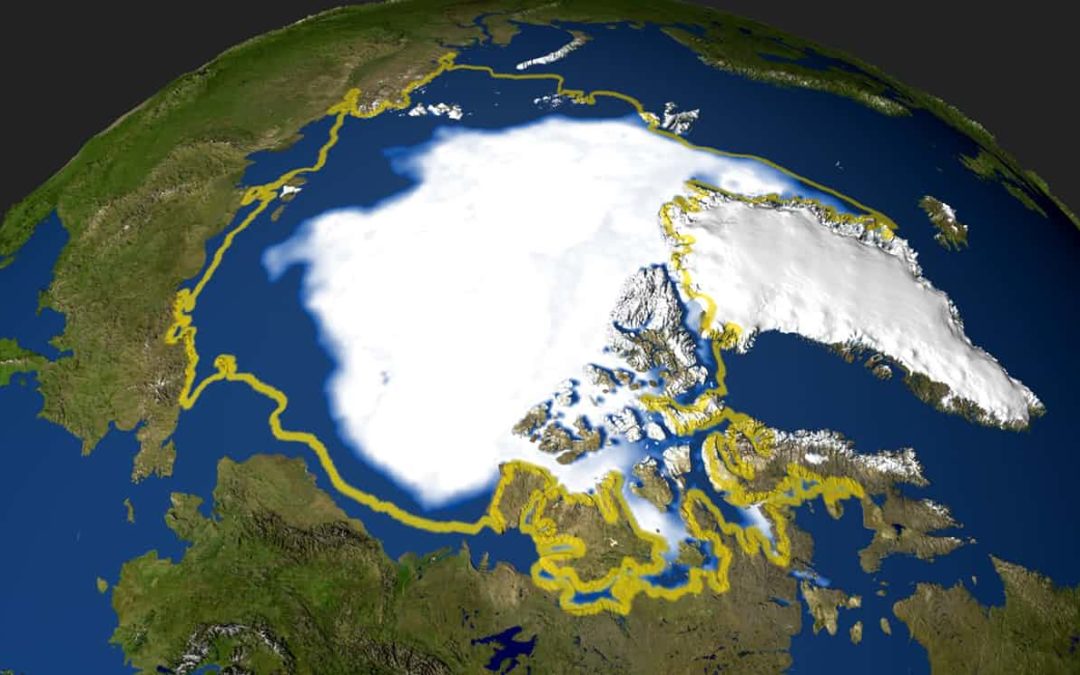SOURCE: The Guardian
DATE: August 3, 2018
SNIP: The Arctic is one of the “canaries in the coal mine” for climate change. Long ago, scientists predicted it would warm quicker than other parts of the planet, and they were right. Currently, the Arctic is among the fastest-warming places on the planet. Part of the reason is that as the Arctic warms, ice melts and ocean water is uncovered. The ocean is darker than ice so it in turn absorbs more sunlight and increases its warming. This is a feedback loop.
Humans emit greenhouse gases that trap heat. We know that and we have known that for a long time. Greenhouse gases make the Arctic warmer. But, other things are happening too. There are natural changes to the Arctic. There are also other human pollutants that affect the ice. For instance, humans emit small particles called “aerosols” that can get into the atmosphere and block sunlight. So, these human aerosol emissions can actually cause cooling.
The authors concluded that the combined cooling effect from human aerosols was detected in all three datasets of ice. That means, it didn’t matter whose measurements you used – the effect of aerosol cooling was present.
So how much of an effect do aerosols have? It turns out 23% of the warming caused by greenhouse gases was offset by the cooling from aerosols. Unfortunately, this isn’t good news. It means that if/when humans reduce our aerosol pollution, the warming in the Arctic and the ice loss there will be worse.
This puts us into a Faustian bargain. We want to reduce airborne pollution, like sulfur aerosols. But, if we do that, it makes the effects of greenhouse gas pollution worse.

